Understanding the Foundations of Effective Family Support Systems in Autism
Creating effective family support systems for children with autism requires a collaborative, informed, and tailored approach that centers on the family's needs and strengths. Such systems not only enhance developmental outcomes but also promote family well-being, resilience, and cohesion. This article explores how families, professionals, and communities can work together to develop comprehensive, inclusive, and supportive environments that empower families and foster positive development for children with autism.
Defining Family-Centered Care in Autism Support
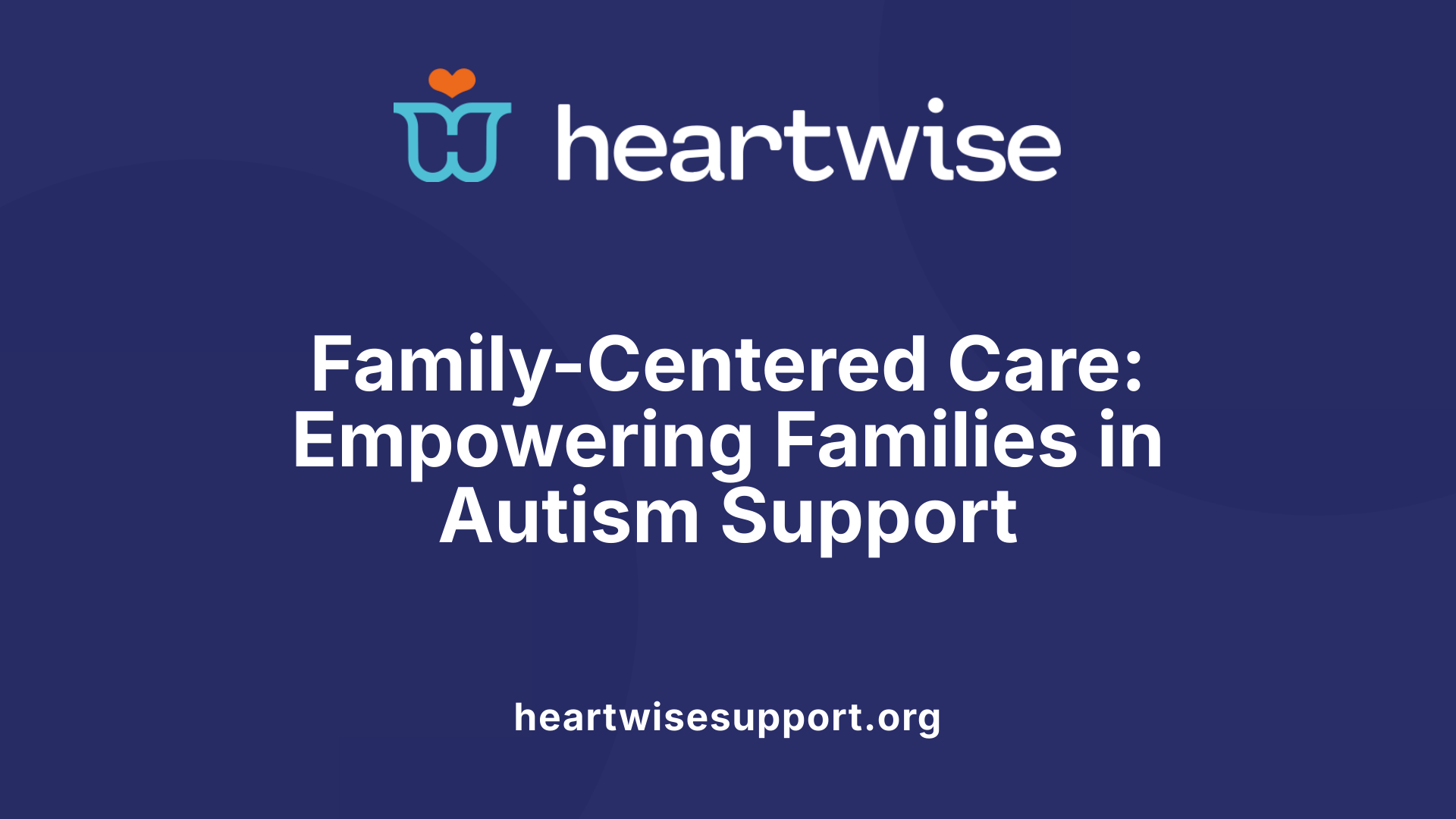
What is family-centered care in autism support and why is it important?
Family-centered care in autism support is a collaborative approach that prioritizes the active involvement of families in the planning and implementation of services for their children. It recognizes families as the primary experts on their loved ones, emphasizing respect, open communication, and shared decision-making.
This approach is vital because it ensures services are tailored to the child's and family's unique needs, preferences, and cultural backgrounds. By involving families, professionals can develop individualized plans like IFSP or IEP that reflect family goals and insights. Family-centered care also helps reduce stress, builds family resilience, and fosters a supportive environment that promotes better developmental outcomes.
Principles of family-centered care
This approach is grounded in principles such as mutual respect, empowerment, and collaboration. It involves transparent communication, cultural sensitivity, and providing families with resources, education, and emotional support. These principles help families feel confident and involved, ultimately enhancing intervention effectiveness.
Importance of collaboration and respect
Effective family-centered care depends on strong partnerships among families, educators, and healthcare providers. Respect for family insights and cultural values promotes trust and cooperation, resulting in better adherence to intervention strategies and more consistent support across settings.
Core components including assessment and individualized plans
Key elements include comprehensive assessments that inform personalized goals. Continuous feedback from families guides tailored support services that respect their priorities. Utilizing open dialogue and culturally sensitive assessment tools ensures that the plans are relevant and effective.
Overall, family-centered support principles foster a respectful, inclusive environment that empowers families, improves service satisfaction, and supports the developmental progress of children with autism.
Supporting Families Through Education, Resources, and Advocacy
What resources and interventions are available to help families with children who have autism?
Families facing the challenge of raising a child with autism have access to a broad spectrum of support options. Support groups such as Autism Speaks, GRASP, and ASPEN play an essential role in providing emotional support, education, and community connection. These organizations offer resources, advocacy opportunities, and local or online activities designed to foster a sense of community and shared understanding.
Early diagnosis is vital for initiating timely intervention. Pediatric screening during 18- and 24-month visits can help identify autism spectrum disorder (ASD) early, leading to prompt connection with therapies that cater to the child's specific needs. Individualized approaches like Applied Behavior Analysis (ABA), speech therapy, and psychological services are fundamental in promoting communication, social skills, and daily functioning. These therapies can be accessed through various means, including Medicaid, private insurance, and specialized programs such as Early On® Michigan, which focuses on early childhood support.
Beyond direct therapy, families can explore educational resources that guide them through navigating schools, healthcare systems, and social services. Many organizations offer online tools, informational materials, and local workshops to assist parents and caregivers in understanding and advocating for appropriate educational placements and healthcare services.
Utilizing community-based programs and online platforms allows families to build networks of support, share experiences, and access tailored advice. Advocacy within educational and healthcare settings is critical to ensuring children receive comprehensive services that respect their individual differences and promote their development.
In conclusion, a combination of organization-led support groups, early and personalized therapies, and educational navigation resources empowers families. These tools not only enhance the child's development but also strengthen the family’s resilience and ability to provide ongoing, effective care.
The Crucial Role of Early Diagnosis and Intervention
What is the role of early diagnosis and intervention in improving family support for children with autism?
Early diagnosis and intervention play a fundamental role in enhancing both the developmental prospects for children with autism and the support systems surrounding their families. Recognizing autism as early as ages 0-3 allows for timely access to targeted therapies that focus on social communication, language development, and daily living skills.
During this early brain plasticity period, interventions such as applied behavior analysis (ABA), caregiver-mediated strategies, and naturalistic developmental behavioral interventions can significantly influence a child's trajectory. These therapies not only foster critical developmental gains but also help reduce the severity of autism symptoms, which can lead to improved adaptive behaviors.
Involving families in early intervention is particularly effective. Parent-mediated programs encourage natural interactions and teach caregivers how to implement strategies consistently across settings. This involvement enhances skill generalization and alleviates parental stress.
Moreover, early screening—often conducted during routine pediatric visits at 18- and 24-month check-ups—facilitates prompt diagnosis. This enables families to access educational and supportive resources sooner, making it easier to navigate the complexities of autism care.
Overall, early diagnosis and intervention establish a strong foundation for child's growth and show promise for improving long-term outcomes, while simultaneously strengthening family resilience and support networks.
Implementing Evidence-Based Therapies and Support Strategies
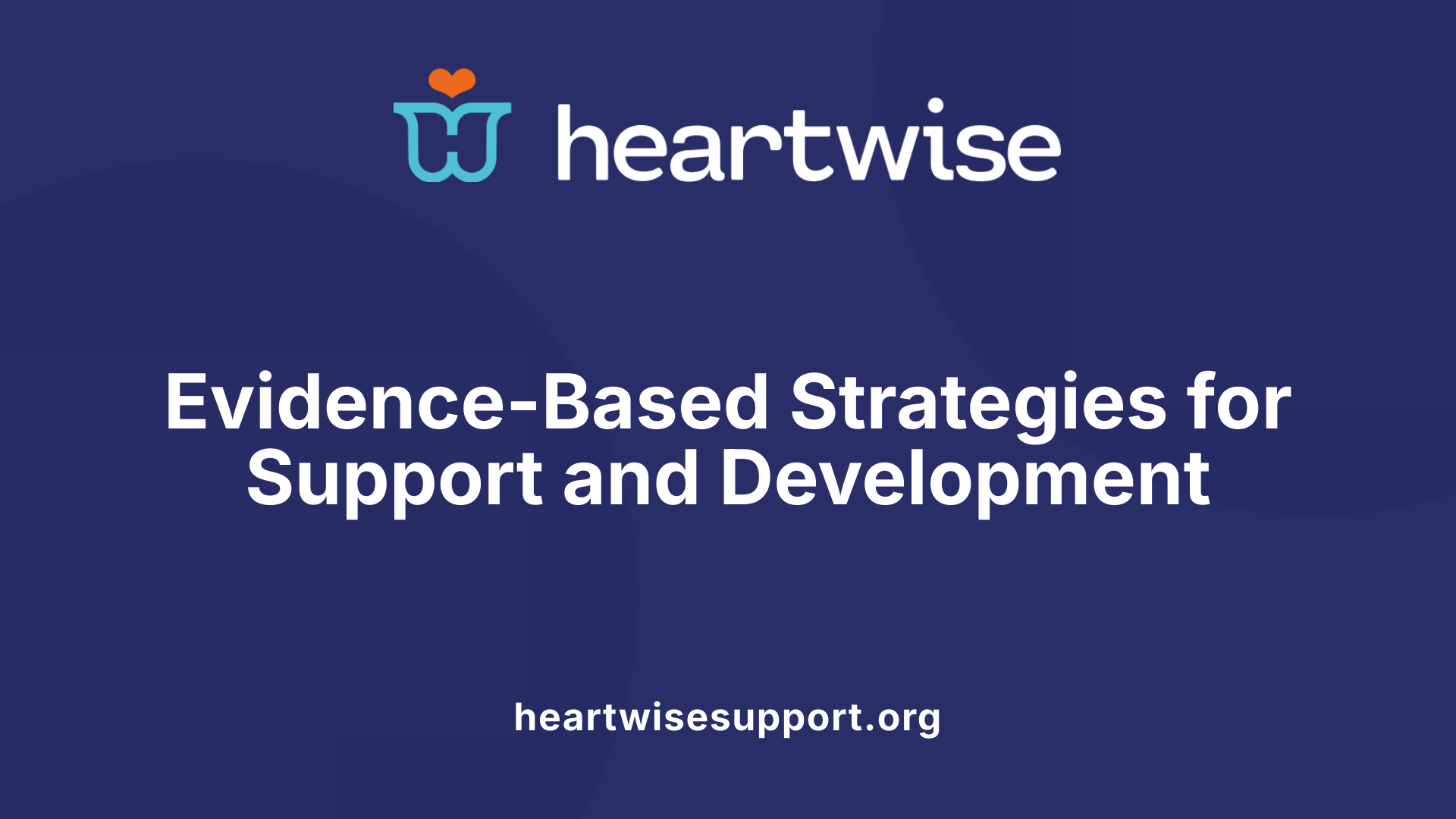
What techniques to improve support strategies for families with autistic children?
Enhancing support for families of children with autism involves implementing tailored, evidence-based interventions that address each child's specific needs. Behavioral therapies like Applied Behavior Analysis (ABA), JASPER, and Pivotal Response Treatment focus on improving social communication, reducing behavioral challenges, and fostering independent skills.
Naturalistic developmental behavioral interventions (NDBIs), such as the Early Start Denver Model and Project ImPACT, support social and language development by integrating therapeutic activities into everyday routines. These approaches involve caregivers actively, making learning both relevant and consistent across settings.
Central to these strategies is caregiver training and involvement. Empowering parents, grandparents, and siblings through education about autism and intervention techniques enhances consistency and skill generalization. Resources like video-based modules, support groups, and advocacy tools help families implement effective strategies right at home.
To further improve support, services should promote early intervention, emphasizing communication, social skills, and behavior management. Supporting caregiver well-being through stress reduction and peer support networks sustains their ability to engage effectively with their child.
Programs such as 'ASD Strategies in Action' exemplify practical training initiatives that equip families with immediate, actionable tools to support their child's development. Combining these approaches creates a comprehensive support system that fosters better developmental outcomes and strengthens family confidence.
Developing programs with flexible, accessible delivery methods—including telehealth—can broaden access to these therapies, especially for families in rural or underserved communities. Using a combination of personalized interventions, caregiver participation, and ongoing support networks ensures that children with autism receive consistent, effective care tailored to their evolving needs.
Creating Supportive and Inclusive Environments
How can environments be developed and implemented to support children with autism?
Supporting children with autism requires carefully designed environments that cater to their sensory, communication, and routine needs. Developing sensory-friendly spaces that reduce overload and promote calming can significantly boost a child's comfort and ability to learn. This includes using calming colors, soft lighting, and organizing clutter to create a peaceful atmosphere.
Incorporating visual supports, such as schedules, picture communication boards, and social stories, helps children understand daily routines and expectations. These tools make transitions easier and foster independence.
Structured routines and predictability are vital. Establishing consistent schedules and using visual timers or cues can lessen anxiety and support behavioral regulation. Creating quiet zones for sensory regulation activities like swinging, bouncing, or holding sensory toys offers children a way to manage sensory overload.
Designing environments with flexible, accessible spaces enhances comfort and independence. Sensory maps, clear layouts, and adaptable furniture allow children to navigate spaces confidently.
Collaborating with families, educators, and therapists ensures these environments are tailored to individual needs. This teamwork promotes inclusion and maximizes opportunities for social and developmental growth.
Overall, thoughtfully developed autism-friendly spaces not only support learning but also foster social participation and emotional well-being. For further ideas on creating such environments, searching for "autism-friendly environments strategies" can provide practical guidance.
Enhancing Communication and Family Relationships
How can families enhance communication and strengthen relationships to support children with autism?
Supporting children with autism involves tailored ways to improve communication and foster closer family bonds. Visual supports, such as picture exchange systems, social stories, and visual schedules, play a vital role in helping children understand daily routines, social cues, and new concepts. These tools reduce anxiety and give children clear, predictable structures.
Patience and clarity in communication are essential. Using simple, straightforward language and giving children ample time to process information encourages understanding. Active listening, where family members attentively respond to verbal and non-verbal signals, creates an environment of trust and support.
Engaging in shared activities designed around the child’s interests not only promotes social interaction but also strengthens emotional connections. Such activities could include playing with preferred toys, arts and crafts, or listening to favorite music.
Non-verbal communication methods significantly benefit children who are non-verbal or have limited speech. Techniques like gestures, sign language, or using communication devices provide alternative ways for children to express needs and feelings. These strategies should be personalized to suit each child’s abilities.
Seeking guidance from speech therapists and participating in caregiver-mediated interventions help families develop effective communication strategies. Such professional support ensures that interventions align with the child's unique strengths and challenges. Overall, consistent and supportive communication practices enhance understanding and deepen family relationships, fostering an environment where children with autism can thrive.
Building Support Networks and Community Partnerships
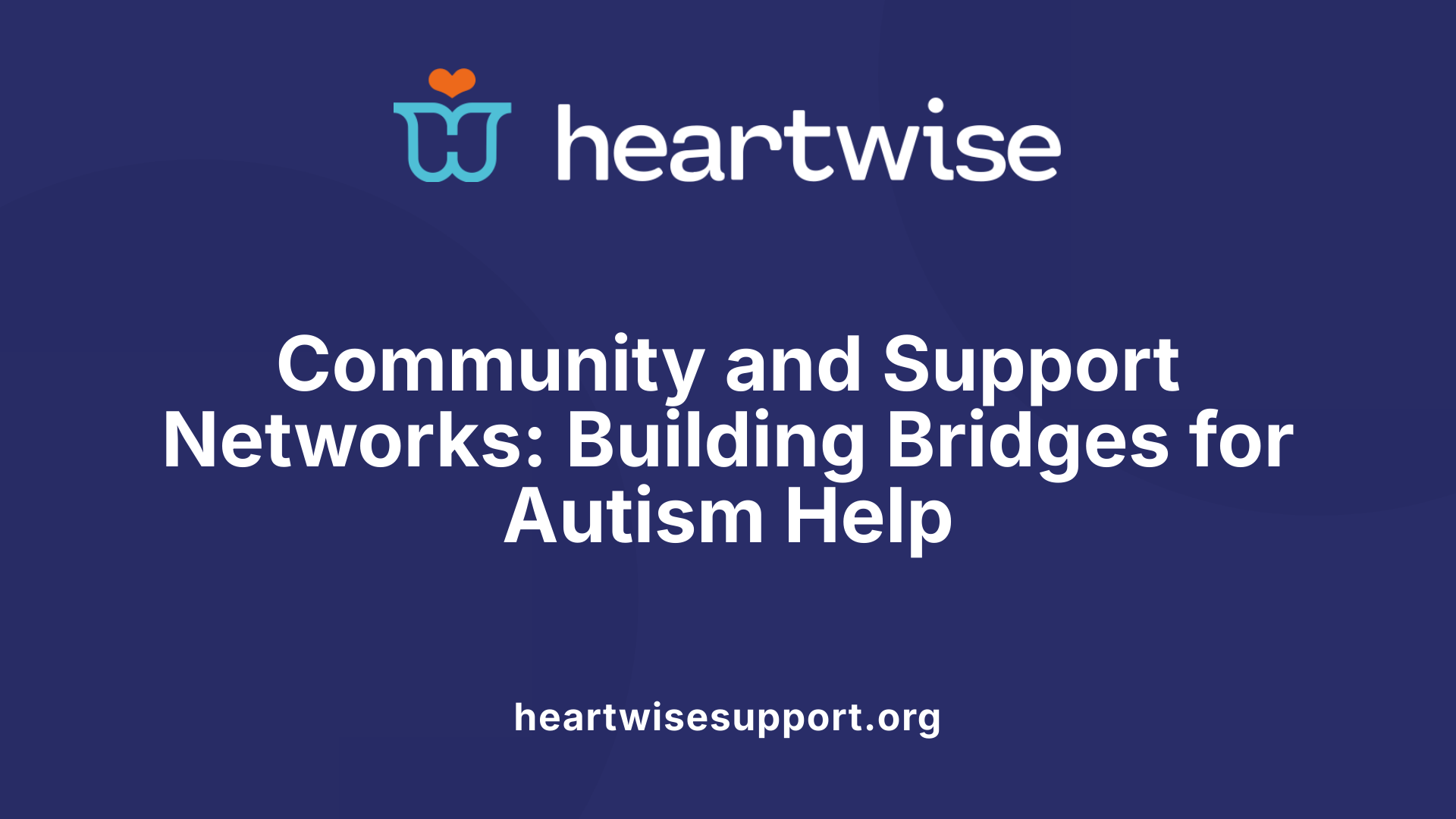
How can support networks, including community and professional partnerships, assist families with autism?
Support networks are essential for families navigating the challenges of raising a child with autism. They provide emotional reassurance, practical guidance, and access to resources that can significantly ease the caregiving journey. Community organizations like Autism Speaks, GRASP, and ASPEN offer tailored support, from educational content to advocacy help, empowering families to make informed decisions.
Professional partnerships also contribute by connecting families with specialists such as therapists, educators, and healthcare providers. These collaborations help develop personalized intervention plans, facilitate timely diagnosis, and promote coordinated care, which is crucial for positive developmental outcomes.
Peer support groups play a key role in reducing family isolation. Programs such as Sibshops facilitate interactions among siblings, understanding, and emotional sharing within a supportive environment. Family support groups enable parents and caregivers to exchange practical advice, share experiences, and gain motivation from others facing similar challenges.
Online forums, virtual meetups, and social media groups further extend these connections, making ongoing support accessible regardless of geographical barriers. Through these platforms, families can seek advice, share successes, and feel part of a larger community committed to understanding and supporting autism.
Organizing family gatherings, peer groups, and online forums
Creating opportunities for family engagement through gatherings and online communities helps foster a sense of normalcy and belonging. Organized family events and peer groups allow siblings to express their feelings and learn about autism, enhancing understanding and cooperation.
Online forums and virtual support systems are especially advantageous for those in rural or underserved areas, providing immediate access to expert guidance, peer networks, and educational resources. These modalities also enable continuous interaction, which is vital during transitional phases like school entry or puberty.
Role of community and professional support in reducing isolation
Community involvement and professional partnerships contribute significantly to decreasing feelings of loneliness among families. They provide venues for socialization, shared learning, and advocacy, which strengthen the resilience of families.
By participating in community-based activities, families can build meaningful relationships, access resources more easily, and feel less overwhelmed by daily caregiving responsibilities. When professionals actively collaborate with families—respecting their insights and preferences—the support becomes more effective, fostering trust and a shared commitment to the child's development.
Overall, embracing diverse support systems—from local community groups to online platforms—ensures that families with autism are not alone but are supported through information, connection, and shared experiences.
Fostering Family Resilience and Well-being
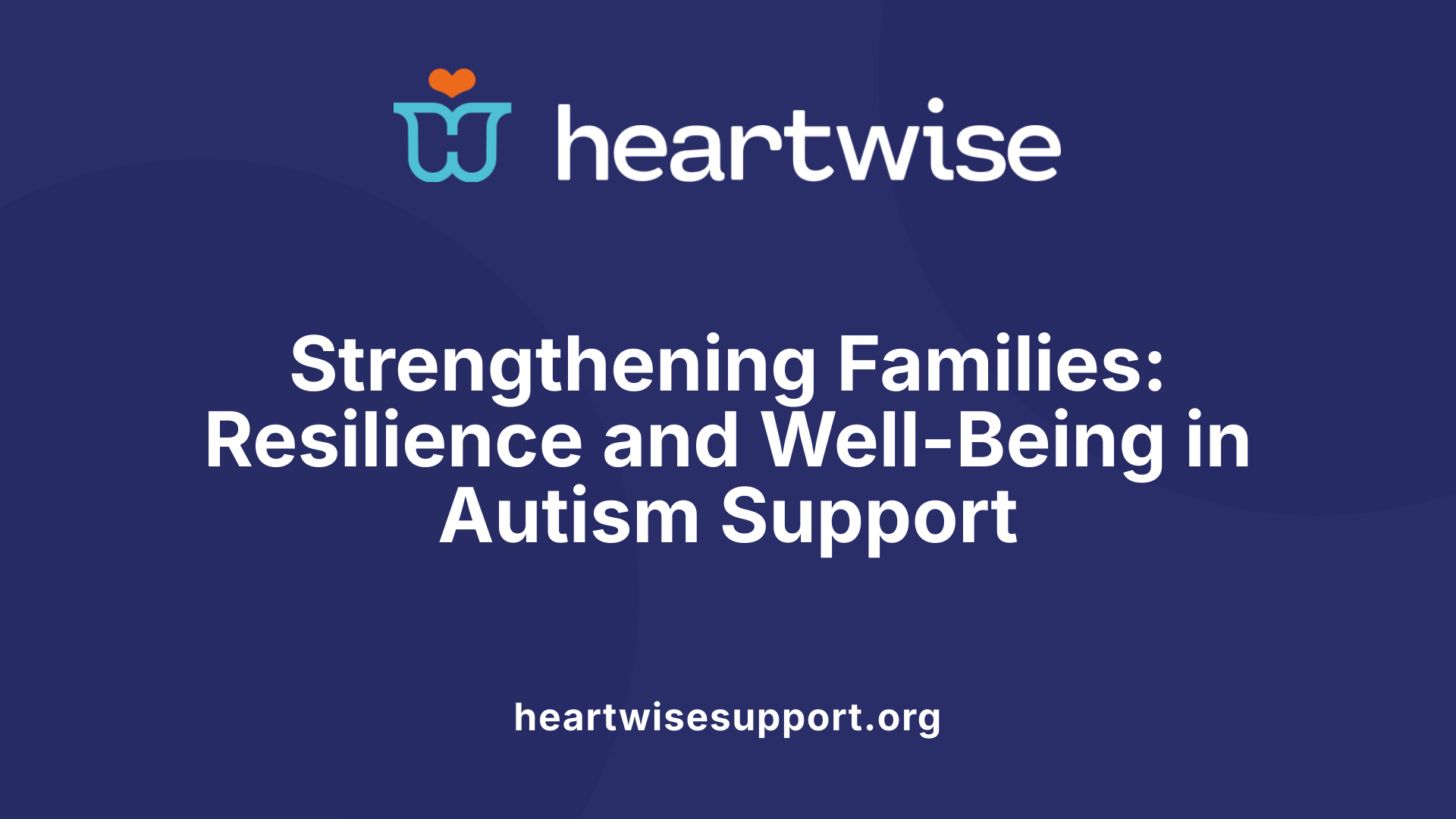
How can families address stress, fatigue, and social isolation when caring for a child with ASD?
Caring for a child with autism can be emotionally and physically demanding, often leading to high stress, fatigue, and feelings of social isolation among family members. To combat these challenges, it is crucial to develop effective support strategies that promote family resilience.
One effective approach is creating a strong support network involving extended family, friends, and community resources. Participation in support groups such as those offered by Autism Speaks, GRASP, or local parent groups allows families to share experiences, gain advice, and reduce feelings of isolation.
Accessing mental health resources, including counseling and stress management programs, can help caregivers develop coping skills. Incorporating regular self-care routines and mindfulness practices can also significantly diminish stress levels.
How can support be extended to all family members including siblings and grandparents?
Supporting all family members is vital for a cohesive caregiving environment. Siblings may experience feelings of jealousy, neglect, or confusion, which can impact family harmony. Providing siblings with age-appropriate information about autism helps them understand and reduces misconceptions.
Grandparents and other relatives can be involved in therapy sessions, family meetings, or social activities, fostering a sense of inclusion and support. Educational workshops tailored for extended family members can enhance their understanding of autism and how they can contribute positively.
Peer support groups and family education programs foster a shared understanding among family members, strengthening their collective resilience.
What role does respite care and mental health resources play in supporting families?
Respite care offers temporary relief for caregivers, giving them time to relax, attend to personal needs, or handle other responsibilities. This service can be provided through licensed agencies, in-home care, or community programs.
Access to mental health services is equally important. Counseling or therapy sessions for parents, grandparents, and siblings promote emotional well-being, coping skills, and reduced burnout. Many organizations offer tailored programs addressing the unique stresses of caring for a child with ASD.
How can improving support strategies benefit the overall family and child's development?
Effective support strategies lead to improved family dynamics, reduce caregiver stress, and promote emotional stability. When families feel supported and understood, they are more engaged and proactive in interventions, which directly benefits the child's development.
Overall, fostering resilience through comprehensive support, accessible resources, and inclusive practices ensures a nurturing environment where children with ASD can thrive, and families can maintain their well-being.
Aligning Practices and Overcoming Challenges
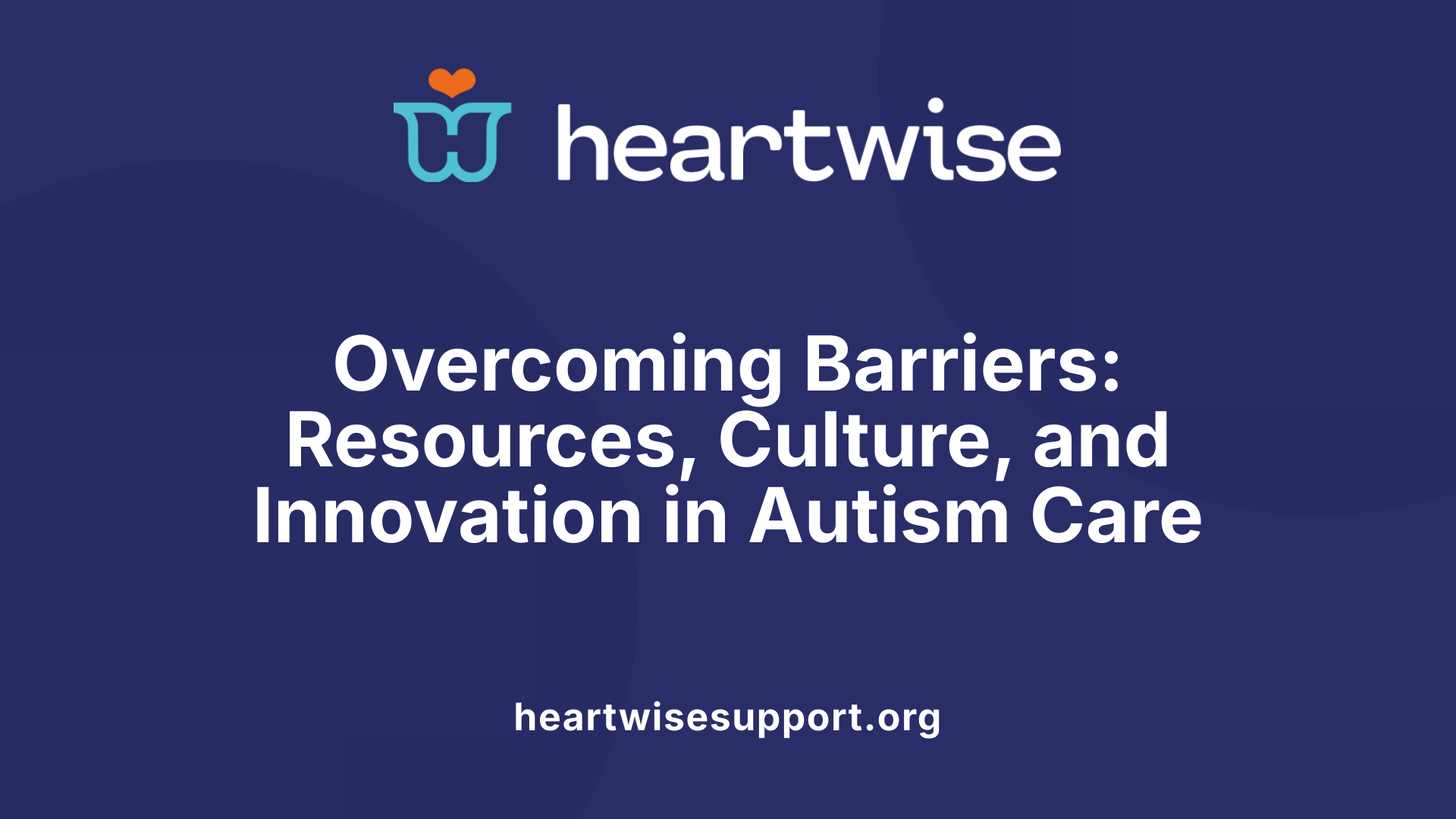
Addressing resource limitations, cultural diversity, and time constraints
Families and providers often encounter obstacles such as limited financial resources, scarce access to specialized services, and diverse cultural backgrounds that influence support approaches.
Resource scarcity can lead to long wait times for diagnosis and intervention, particularly in rural or underserved areas. To counter this, expanding access through telehealth services and remote support platforms can be highly effective. These digital solutions help connect families with multidisciplinary teams regardless of location, reducing barriers caused by transportation or local resource shortages.
Cultural diversity requires support systems to be adaptable, respectful, and culturally sensitive. Providers should receive training in cultural competency to tailor interventions that respect family values, beliefs, and language preferences. Engaging culturally relevant materials and community champions can foster trust and improve engagement.
Time constraints faced by families and professionals necessitate flexible service delivery. Offering asynchronous learning modules, brief coaching sessions, and online support groups allows families to access support at times that suit their schedules, helping sustain participation.
Utilizing technology and telehealth solutions
The integration of technologies like telemedicine, video-based training, and digital communication tools has revolutionized autism support. Telehealth platforms facilitate ongoing therapy, caregiver training, and collaborative planning, ensuring immediate and consistent assistance. For example, evidence shows high agreement between remote and face-to-face diagnostic methods, reinforcing telehealth's reliability.
Remote support also promotes family involvement—parents can learn and implement intervention techniques within natural routines, boosting generalization of skills. Additionally, telehealth offers a means to alleviate caregiver stress by providing flexible scheduling and immediate access to expert advice.
Technological tools such as apps, online courses, and virtual reality interventions are expanding possibilities for personalized and engaging support tailored to each child's needs. These innovations make therapy more accessible and less burdensome, especially for families with limited local options.
Advocacy for increased funding and cultural sensitivity
To sustain and expand these support systems, raising awareness and advocating for increased funding is crucial. Investment in technology infrastructure, professional training, and culturally tailored programs will enhance the quality and reach of autism services.
Efforts should also focus on developing policies that promote equitable access, support diversity, and address socioeconomic disparities. Partnerships with community organizations, educational institutions, and policymakers can foster an inclusive environment where all families receive the support they need.
Techniques to improve support strategies for families with autistic children
Enhancing support strategies involves personalized interventions and active family engagement. Educating families about autism and available resources empowers them to advocate for their children and participate actively in planning.
Therapies like naturalistic developmental behavioral interventions and caregiver-mediated approaches emphasize parent involvement and are effective. Utilizing visual supports, social stories, and routine-based strategies helps children understand and adapt to their environments.
Supporting caregiver well-being through stress-reduction techniques and peer networks ensures families sustain their efforts. Programs such as 'ASD Strategies in Action', which provide practical, video-based training, offer immediate, easy-to-implement strategies for parents and caregivers.
Involving the entire family—siblings, grandparents, and extended relatives—in education and support activities strengthens the child's social environment and fosters a shared understanding.
By combining tailored interventions, technological solutions, cultural sensitivity, and advocacy, autism support systems can become more inclusive, accessible, and effective, ultimately improving outcomes for children and their families.
Empowering Families for Holistic Autism Support
Building effective family support systems for children with autism demands a comprehensive, respectful, and adaptable approach. From family-centered care that emphasizes collaboration and respect, to accessible resources and early intervention, every element reinforces the family's vital role. Developing inclusive environments, fostering communication, and strengthening community networks cultivate empowering ecosystems that support both children and parents. By continuously embracing research-based practices, leveraging technology, and advocating for inclusion and increased resources, we can create a supportive framework that addresses individual family needs, reduces stress, and promotes lifelong development. Ultimately, empowering families with knowledge, skills, and support transforms challenges into opportunities for growth, resilience, and connection.
References
- Family Support for Autism Spectrum Disorder
- Enhancing autism care through remote support: A family-centered ...
- Working with Families of Children with Autism Spectrum Disorder
- Advances in Supporting Parents in Interventions for Autism ...
- The Importance of Family-Centered Care: Enhancing Autism ...
- Best Ways to Create a Autism-Friendly Environment for a Child
- Autism: support from family & friends | Raising Children Network
- Transforming Lives: Accessing Vital Autism Family Services











